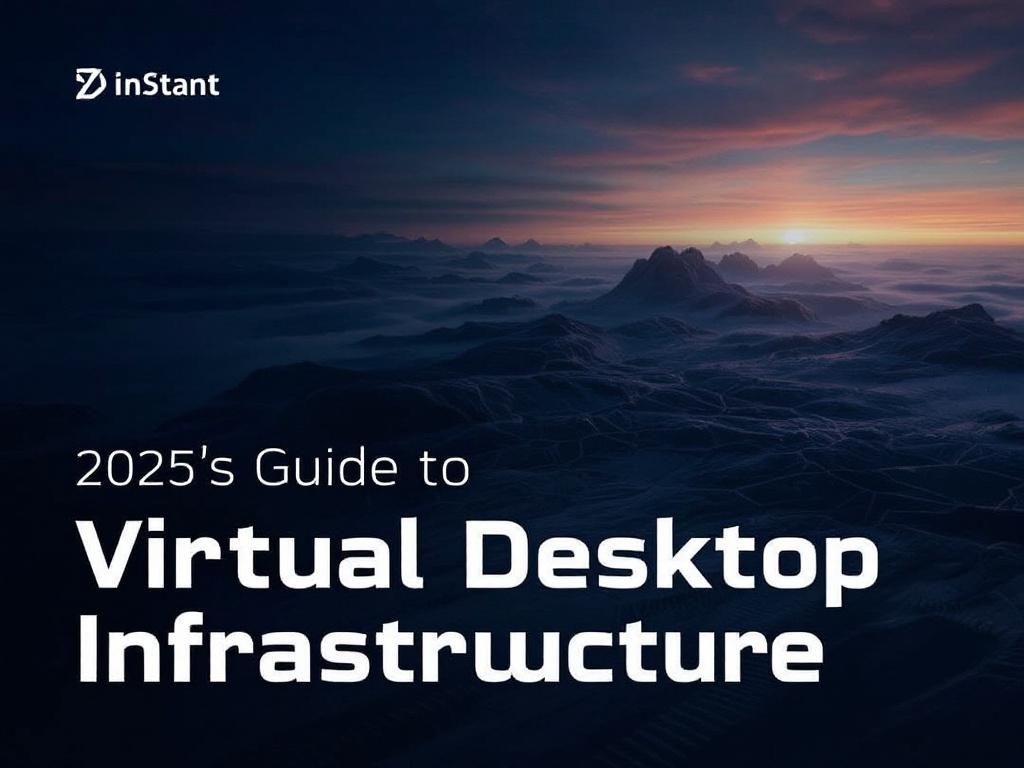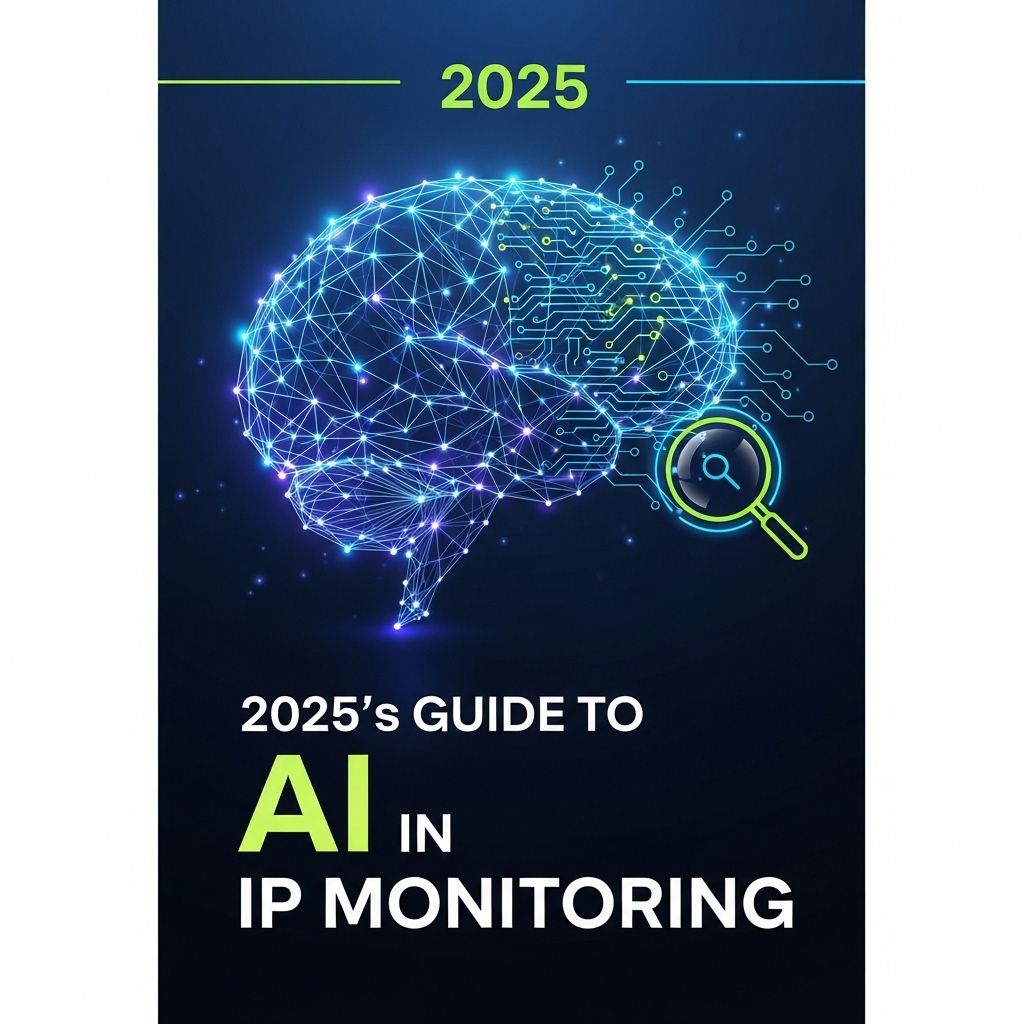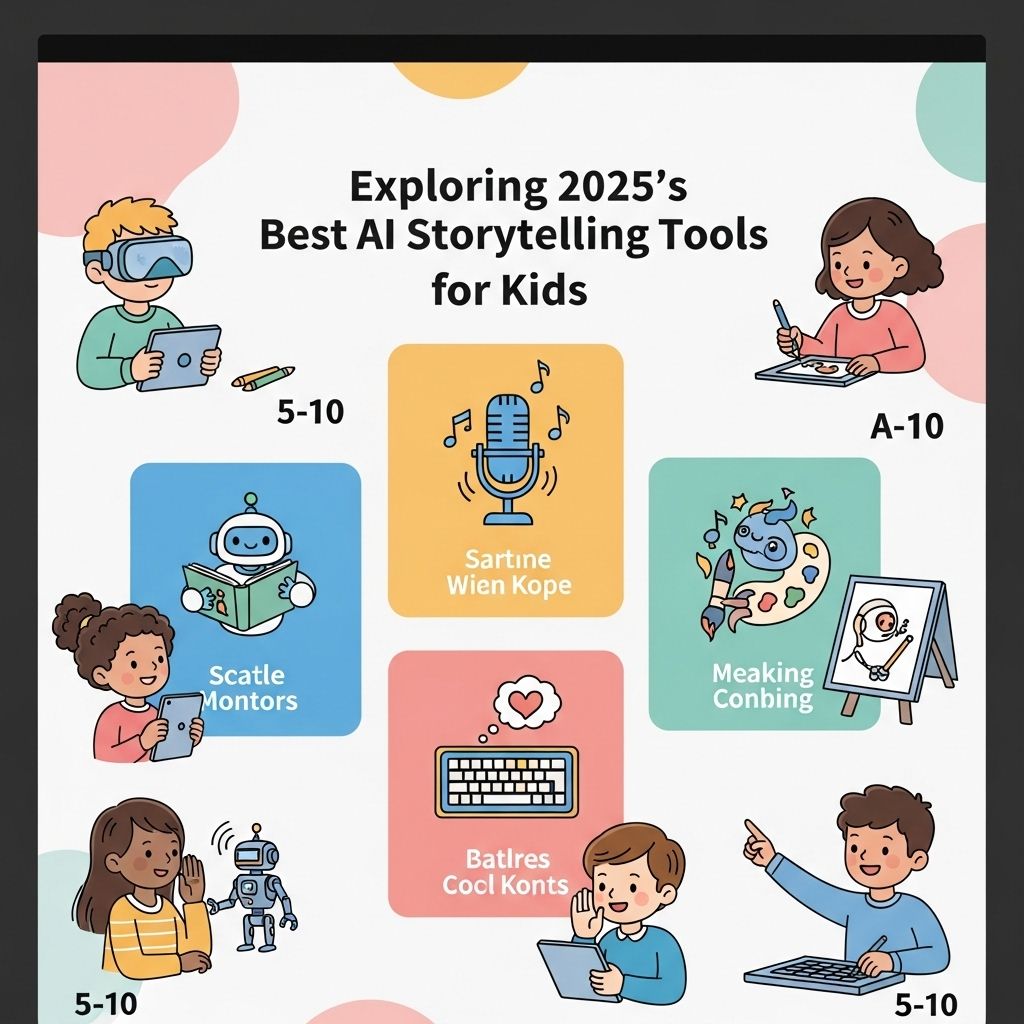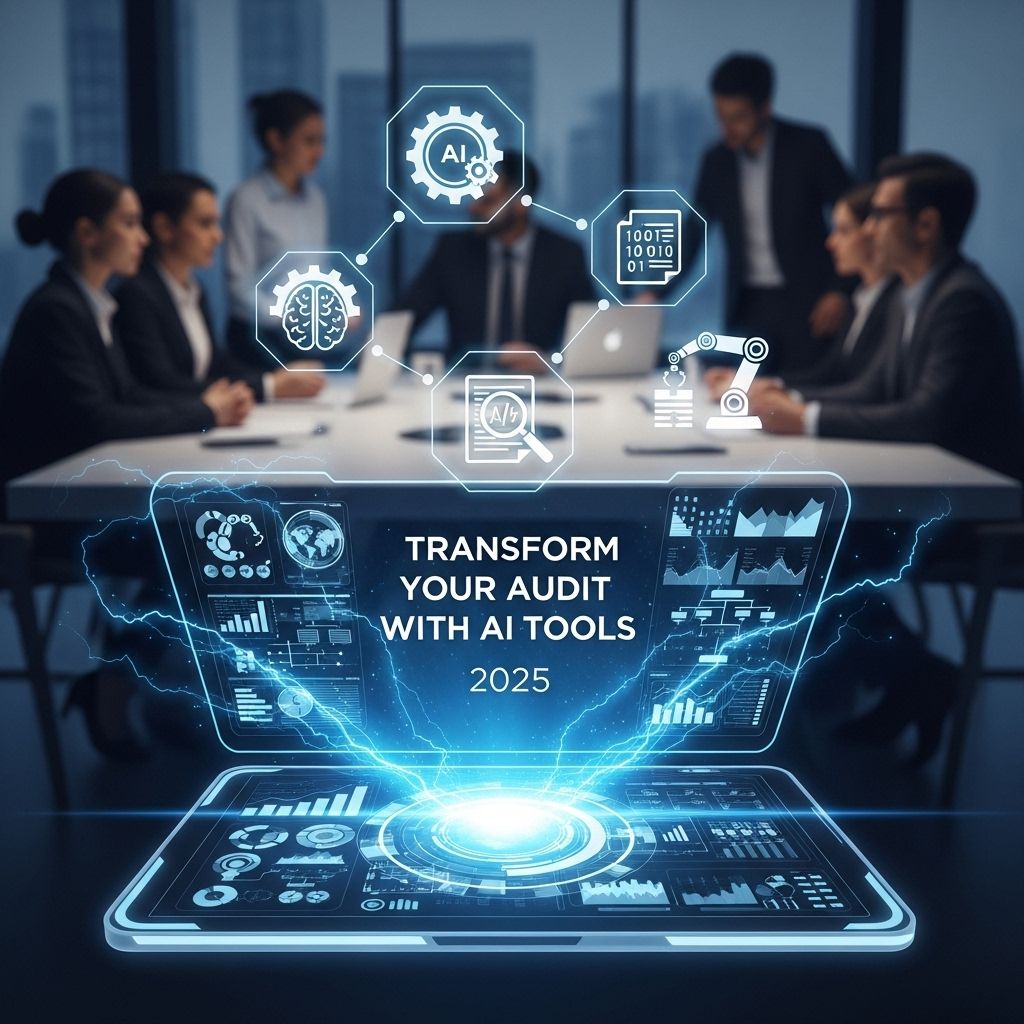The Ultimate 2025 Guide to Virtual Desktop Infrastructure
Discover the latest trends and best practices for Virtual Desktop Infrastructure in 2025. Optimize your business with cutting-edge technology.

As businesses increasingly shift towards remote work and digital operations, the demand for Virtual Desktop Infrastructure (VDI) has skyrocketed. VDI allows employees to access desktop environments from virtually anywhere, fostering flexibility and efficiency. However, the landscape of VDI is constantly evolving. This article delves into the latest trends, technologies, and considerations for VDI in 2025, serving as a comprehensive guide for tech-savvy professionals keen on optimizing their virtual workspace.
Table of Contents
Understanding Virtual Desktop Infrastructure
Virtual Desktop Infrastructure refers to the technology that hosts desktop environments on a centralized server. This enables users to access their desktops over a network, using various devices, from laptops to tablets and even smartphones. With VDI, companies can streamline their IT management, enhance security, and reduce costs associated with desktop deployments.
Key Components of VDI
- Hypervisor: The software layer that allows multiple virtual machines to run on a single physical server.
- Virtual Machines: Simulated computers that run operating systems and applications as if they were physical devices.
- Connection Broker: A service that manages user connections to virtual desktops, ensuring they are directed to the appropriate resources.
- Storage Solutions: High-speed, scalable storage systems that host user data and virtual machines.
- Networking: Robust networking hardware and software to facilitate smooth data transfer and access.
Benefits of Implementing VDI
VDI offers numerous advantages that make it an attractive option for businesses of all sizes:
1. Enhanced Security
With data centralized in the server, organizations can implement stringent security measures, including:
- Data encryption
- Access controls
- Regular backups
- Patch management
2. Cost Savings
VDI can lead to significant cost reductions by:
- Decreasing hardware expenditure due to use of thin clients
- Reducing energy costs
- Lowering IT maintenance and support expenses
3. Improved Flexibility
Employees can access their desktops from any location and device, which is particularly beneficial in:
- Remote work scenarios
- Disaster recovery situations
- Business continuity planning
VDI Technologies to Watch in 2025
As technology advances, several emerging trends are shaping the future of VDI:
1. Cloud-Based VDI Solutions
Many organizations are moving to cloud-hosted VDI solutions for scalability and cost-effectiveness. Major players in the field include:
| Provider | Key Features |
|---|---|
| Amazon WorkSpaces | Pay-as-you-go pricing, seamless integration with AWS services |
| Microsoft Azure Virtual Desktop | Built-in security features, integration with Microsoft 365 |
| Citrix Virtual Apps and Desktops | Advanced user experience, robust management tools |
2. Artificial Intelligence and Machine Learning
AI and ML are being integrated into VDI to enhance user experiences by:
- Providing personalized desktop environments
- Automating routine administrative tasks
- Predicting hardware failures and optimizing resource allocation
3. High-Performance Graphics Virtualization
With the rise of graphic-intensive applications, VDI solutions are evolving to support:
- GPU virtualization
- Enhanced performance for CAD, video editing, and gaming applications
Choosing the Right VDI Solution
When selecting a VDI solution, organizations should consider the following factors:
1. Scalability
The selected VDI solution should easily scale with the organization’s growth. This includes:
- Adding new users
- Increasing storage capacity
- Upgrading network bandwidth
2. Cost Structure
Evaluate the pricing model—whether it’s subscription-based, pay-as-you-go, or a one-time cost—and determine which fits your budget and usage patterns.
3. User Experience
The solution should provide a seamless experience for users, minimizing latency and maximizing accessibility.
4. Support and Maintenance
Robust customer support and regular updates are essential to maintain efficiency and security in a VDI environment.
Future Trends in VDI Beyond 2025
As organizations continue to adapt to a rapidly evolving digital landscape, VDI will likely incorporate more advanced technologies, including:
1. Edge Computing
Edge computing will allow VDI to deliver data processing closer to the user, reducing latency and improving performance.
2. Increased Automation
Automation will play a crucial role in managing VDI environments, with tools that can automatically allocate resources based on user demand.
3. Greater Integration with IoT
The integration of IoT devices will enable data from various endpoints to be processed in real-time within a VDI framework.
Conclusion
Virtual Desktop Infrastructure is becoming increasingly vital as businesses navigate the complexities of modern work environments. By understanding its benefits, keeping an eye on emerging technologies, and choosing the right solution, organizations can harness the power of VDI to boost productivity, security, and cost efficiency. As we move towards 2025 and beyond, staying informed and adaptable will be key to successfully leveraging VDI in a rapidly changing technological landscape.
FAQ
What is Virtual Desktop Infrastructure (VDI)?
Virtual Desktop Infrastructure (VDI) is a technology that allows users to access desktop environments hosted on a centralized server, providing flexibility and remote access to applications and data.
What are the benefits of using VDI in 2025?
In 2025, the benefits of using VDI include enhanced security, improved resource allocation, reduced hardware costs, and the ability to support remote work and BYOD (Bring Your Own Device) policies.
How does VDI enhance security for organizations?
VDI enhances security by centralizing data storage, which reduces the risk of data breaches, and offers robust access controls, encryption, and compliance with regulatory standards.
What are the key components of a VDI solution?
The key components of a VDI solution include a hypervisor, virtual machines, storage systems, network infrastructure, and management software to streamline deployment and maintenance.
Is VDI suitable for small businesses in 2025?
Yes, VDI is suitable for small businesses in 2025, as it allows them to provide secure remote access to applications without the need for extensive IT infrastructure, making it a cost-effective solution.
What future trends can we expect in VDI technology?
Future trends in VDI technology include the integration of AI for better resource management, increased adoption of hybrid cloud solutions, and advancements in user experience for seamless access to virtual desktops.







